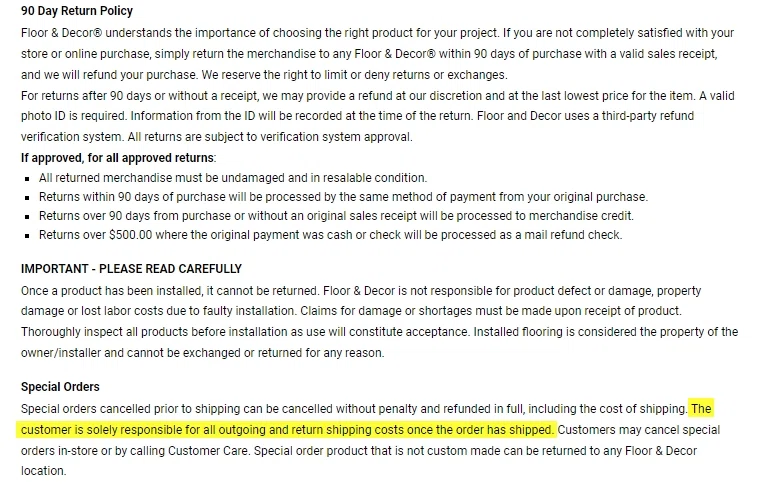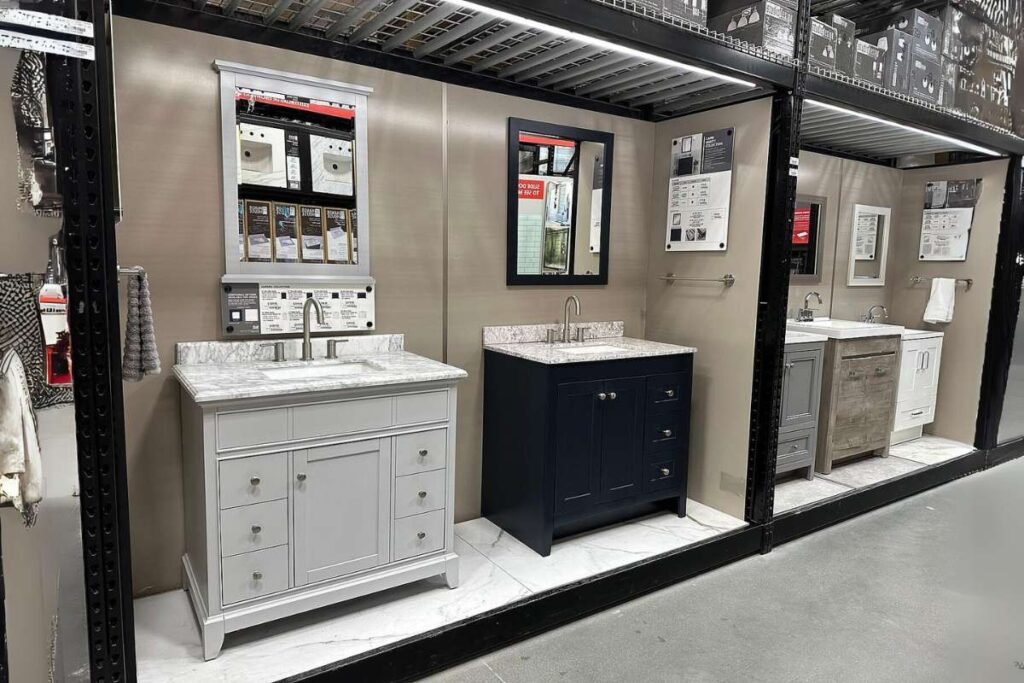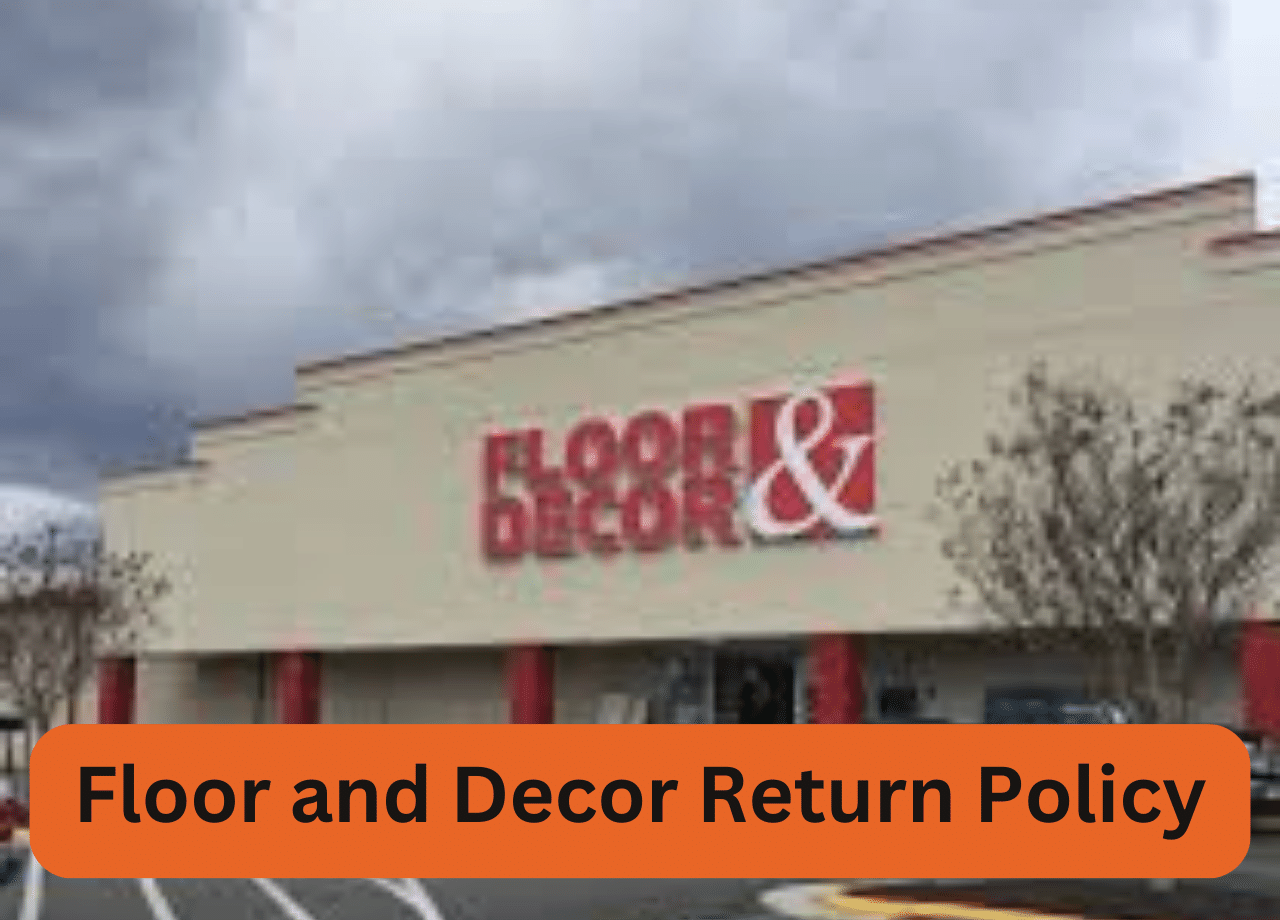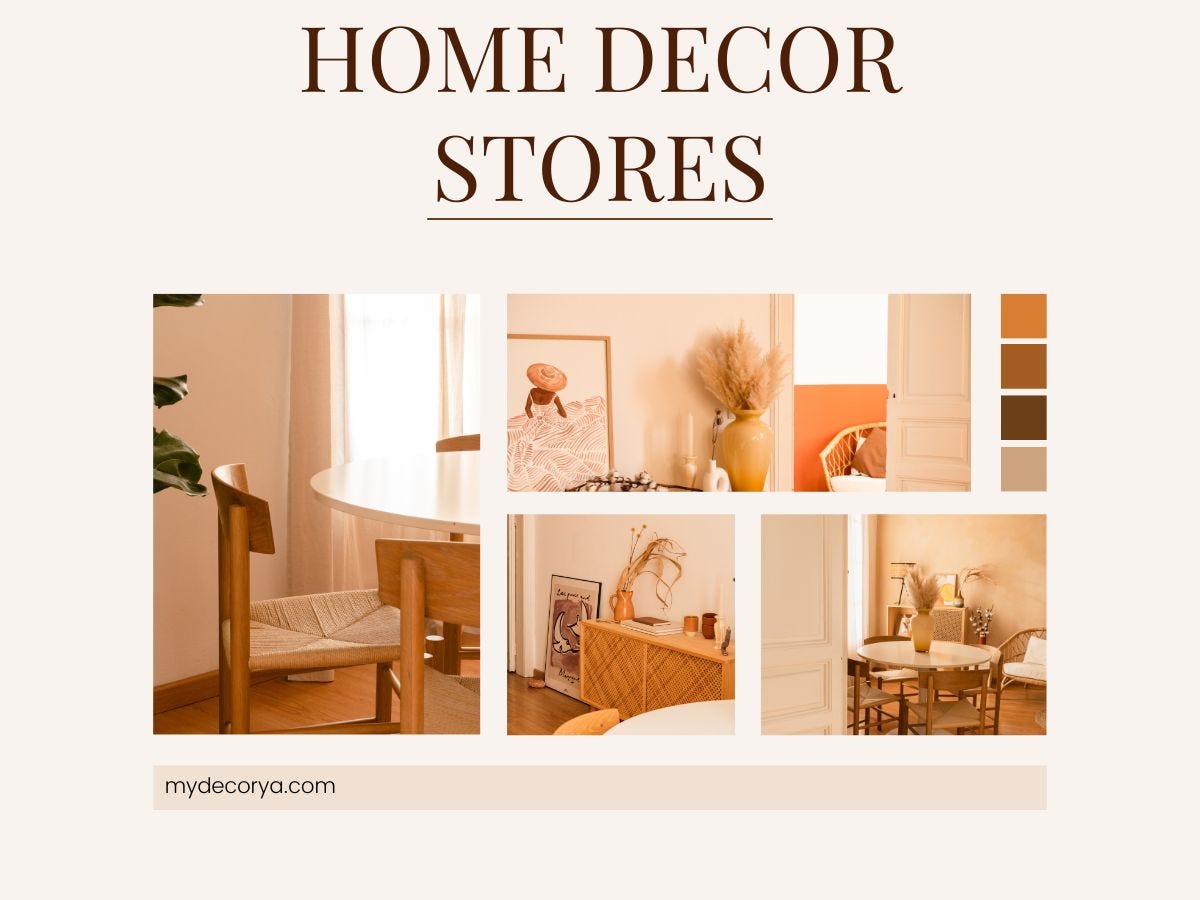When it comes to purchasing floor decor, whether it be area rugs, hardwood flooring, or laminate, understanding the return policy is crucial. Not only does it protect your investment, but it also ensures that your shopping experience is smooth and worry-free. In this comprehensive guide, we’ll delve into the nuances of floor decor return policies, share personal anecdotes, and provide insights that go beyond the basics. Let’s get started!
The Importance of a Transparent Return Policy
Purchasing floor decor is a significant investment, and a transparent return policy can make all the difference. A well-structured return policy not only protects buyers but also enhances the overall customer experience. Here’s why understanding these policies is essential:
- Peace of Mind: Knowing you can return a product if it doesn’t meet your expectations alleviates anxiety.
- Quality Assurance: A flexible return policy encourages companies to maintain high product standards.
- Customer Loyalty: Businesses that prioritize customer satisfaction often see repeat customers.
Navigating Floor Decor Return Policies
What to Look for in a Return Policy?
Before making your purchase, it’s vital to understand the specific elements that make up a good return policy. Here are key factors to consider:
- Time Frame: Most retailers allow a return window ranging from 30 to 90 days. Make sure to check the specifics.
- Condition of the Item: Items returned must typically be in new or unused condition with all original packaging.
- Documentation Required: Keep your receipt or order confirmation handy, as you may need it to process a return.
- Restocking Fees: Some companies charge fees for returned items, especially for large purchases.
- Method of Refund: Know whether you’ll receive a refund to your original payment method or store credit.
Common Return Policy Features
Here are some standard features you’ll find in most floor decor return policies:
| Feature | Typical Terms |
|---|---|
| Return Period | 30 to 90 days |
| Restocking Fee | 10% to 25% |
| Condition of the Item | New, unopened, and unused |
| Documentation | Receipt or order confirmation required |
| Refund Method | Original payment method or store credit |

Personal Experience: Navigating My Own Return
Let me share a personal experience that highlights the importance of understanding return policies. A couple of months ago, I purchased a beautiful area rug online. It was delivered promptly, and I was thrilled—until I realized the color didn’t match my living room decor as I had hoped.

Fortunately, the retailer had a clear return policy. I had 60 days to return the rug, and as I had kept the packaging intact, returning it was straightforward. I contacted customer support, and they guided me through the return process. I printed the return label, packaged the rug, and dropped it off at the nearest shipping location.
Within a week, I received my refund back to my original payment method. The whole experience was hassle-free, all thanks to the transparent policies of the retailer. This incident reaffirmed the importance of selecting retailers with customer-friendly return policies.

Comparison of Popular Floor Decor Retailers’ Return Policies
To illustrate the varying return policies among popular floor decor retailers, here’s a comparison table of some well-known brands:

| Retailer | Return Period | Restocking Fee | Condition Requirement | Refund Method |
|---|---|---|---|---|
| Home Depot | 90 days | None | New, unopened | Original method |
| Lowe’s | 90 days | None | New, unopened | Original method |
| Wayfair | 30 days | Up to 25% | New, unopened | Store credit or original method |
| Rug & Home | 30 days | 10% on rugs | New, unopened | Original method or store credit |
As seen in this comparison, policies can vary significantly amongst retailers. It’s crucial to read the fine print and understand each policy to avoid any surprises during your return process.

Pros and Cons of Floor Decor Return Policies
Pros
- Customer Satisfaction: Flexible return policies often lead to happier customers.
- Risk Reduction: Buyers feel more confident purchasing when they know they can return items.
- Product Quality Assurance: Retailers are incentivized to sell quality products when they offer generous return options.
Cons
- Potential Fees: Some retailers impose restocking fees that can diminish your refund amount.
- Time Constraints: The designated return period means quick decision-making is necessary.
- Condition Restrictions: Items must often be in perfect condition for returns, limiting choices.
Tips for Hassle-Free Returns
To ensure a seamless return experience, consider the following tips:
- Keep All Documentation: Maintain receipts and original packaging until you’re sure you want to keep your purchase.
- Understand the Policy: Read the return policy thoroughly before buying.
- Contact Customer Support: If you’re unsure about any aspect of the return process, don’t hesitate to reach out for clarification.
- Take Photos: If an item arrives damaged or is not as described, take photos as evidence when contacting support.
Frequently Asked Questions (FAQs)
1. Can I return used floor decor items?
Most retailers require that items be returned in new and unused condition. However, some may have exceptions for defective or damaged products, so it’s best to check the specific return policy of the retailer.
2. What happens if I lose my receipt?
Many retailers can look up your purchase using your account information, email, or payment method. However, having a receipt or order number usually simplifies the process.
3. Are return shipping costs covered?
This varies by retailer. Some will cover return shipping for defective items, while others may require you to pay for return shipping even if you’re returning an unwanted item.
4. How long does it take to get my refund?
Refund timelines can vary, but most retailers process refunds within 5 to 14 business days after receiving the returned item.
5. Are clearance items returnable?
Clearance items often have different return policies. Some retailers do not accept returns on clearance items, while others may allow returns with specific conditions. Always confirm before purchasing.
Conclusion: Make Informed Decisions
Understanding floor decor return policies is essential for a positive shopping experience. By knowing what to look for, comparing policies, and following best practices during returns, you can make informed decisions that protect your investment.
Remember, a good return policy reflects a company’s commitment to customer satisfaction. Always take the time to read and understand the policies before making a purchase. Happy decorating!